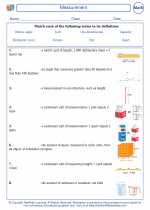Atmospheric Pressure
Atmospheric pressure is the force exerted by the weight of the air above us. It is also known as air pressure and is caused by the bombardment of air molecules on a surface.
Factors Affecting Atmospheric Pressure
- Altitude: Atmospheric pressure decreases as altitude increases.
- Temperature: Warmer air has lower pressure, while colder air has higher pressure.
- Humidity: Moist air is less dense and exerts lower pressure compared to dry air.
Units of Measurement
Atmospheric pressure is typically measured in:
- Kilopascals (kPa)
- Millimeters of Mercury (mmHg)
- Pounds per Square Inch (psi)
Measuring Atmospheric Pressure
Atmospheric pressure is often measured using an instrument called a barometer. There are two main types of barometers: mercury and aneroid barometers.
Effects of Atmospheric Pressure
Changes in atmospheric pressure can affect weather patterns, as well as our bodies. For example, high pressure is associated with clear and dry weather, while low pressure is associated with cloudy and wet weather. In addition, changes in pressure can affect our ears, especially during changes in altitude, such as during takeoff and landing in an airplane.
Study Tips
When studying atmospheric pressure, it's important to understand the relationship between air density, temperature, and altitude. Practice using formulas and conversions for different units of pressure measurement. Additionally, make sure to review the effects of atmospheric pressure on weather and human health.
.◂Math Worksheets and Study Guides Fourth Grade. Measurement
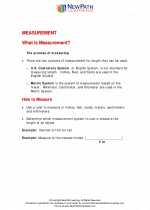
 Activity Lesson
Activity Lesson
 Activity Lesson
Activity Lesson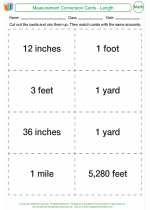
 Activity Lesson
Activity Lesson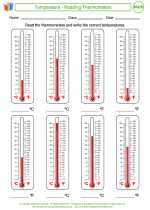
 Worksheet/Answer key
Worksheet/Answer key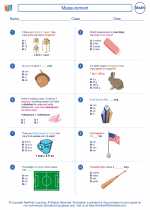
 Worksheet/Answer key
Worksheet/Answer key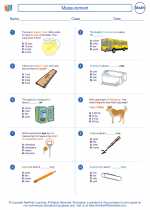
 Worksheet/Answer key
Worksheet/Answer key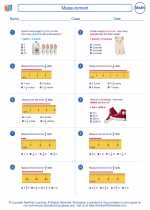
 Worksheet/Answer key
Worksheet/Answer key
 Worksheet/Answer key
Worksheet/Answer key
 Worksheet/Answer key
Worksheet/Answer key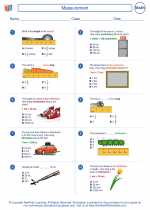
 Worksheet/Answer key
Worksheet/Answer key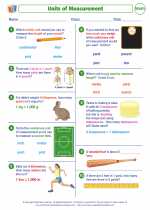
 Worksheet/Answer key
Worksheet/Answer key
 Worksheet/Answer key
Worksheet/Answer key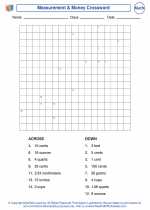
 Worksheet/Answer key
Worksheet/Answer key
 Vocabulary/Answer key
Vocabulary/Answer key
 Vocabulary/Answer key
Vocabulary/Answer key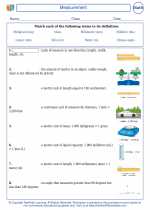
 Vocabulary/Answer key
Vocabulary/Answer key